What is a Persian tar?
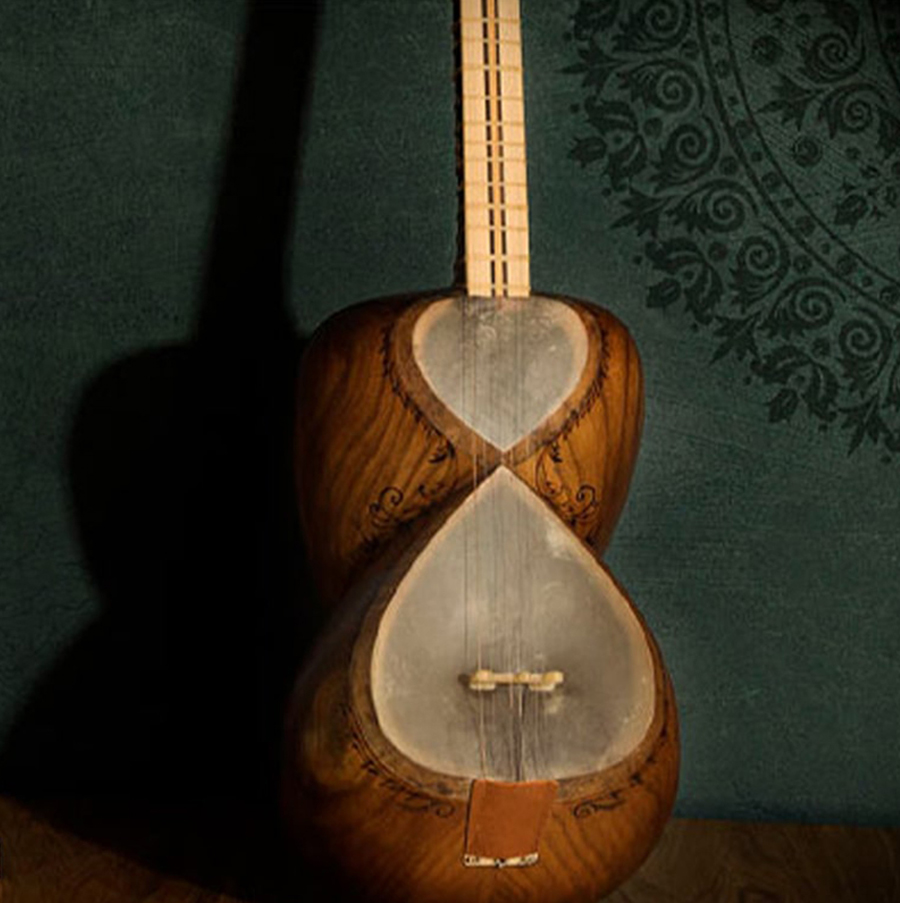
- Negin Masihi
- 27 July 2025
- Traditional Persian Music
- 4 minutes
ThisIranian music is one of the oldest and richest musical traditions in the world. Central to the tradition are specific instruments with tales and emotional voices behind every one. Perhaps the most recognizable are the Tar, Setar, and Sehtar — instruments easy to confuse with one another on a superficial level yet with different tones, backgrounds, and roles within Iranian music.
In this article, we’ll take a closer look at each of these three instruments, highlight their key differences, and offer some tips for beginners wishing to learn or purchase one.
You might also enjoy: A Unique Journey into the World of Persian Music
What Is the Tar?
The Tar is one of the most well-known string instruments in Iranian classical music. It features six strings and is typically played with a small brass or bone plectrum. With its deep, expressive tone, the Tar is often used in traditional vocal and instrumental performances.
Key Features of the Tar:
- Number of Strings: 6
- Body Shape: Egg-shaped and hollow, typically made from walnut wood
- Sound: Rich, emotional, and resonant — often described as bold and soulful
- Use: Common in classical Iranian music, especially for performing radif (a traditional repertoire)
Historically, the Tar has roots going back to the Sassanid era, and it has remained a core part of Persian music ever since.
Persian instrument tar history
Setar is an ancient Persian stringed instrument with a long history dating back over a thousand years. Derived from the barbat, an ancient lute-shaped stringed instrument, it reached perfection during the Safavid era in the four-stringed setar form played nowadays. It initially consisted only of three strings, yet the setar secured a respected position in Persian classical music, mostly in the radif system, where it is a core part in expressing emotion through intricate melodies. is known for a gentle tone, requiring skilled fingerpicking and being played either individually or in small group form. It has been influenced in its development and global popularity through famous musicians, including Mirza Abdollah and Hossein Alizadeh. Setar remains a favorite in Persian music today yet inspires throughout the world, blending ancient with modern styles.

Persian tar
What Is the Setar?
Despite its name meaning “three strings” (from se meaning three and tar meaning string), the modern Persian Setar actually has four strings — one was added over time. It is a smaller, more delicate instrument than the Tar and is traditionally used in spiritual or mystical music, such as Sufi chants and meditative melodies.
Key Features of the Setar:
- Number of Strings: 4 (originally 3)
- Body: Smaller and more delicate than the Tar, but similar in shape
- Sound: Softer, gentler, and more introspective
- Use: Often used in spiritual or contemplative music settings
The Setar is usually played with the nail of the index finger rather than a pick, allowing for very subtle, nuanced expression.
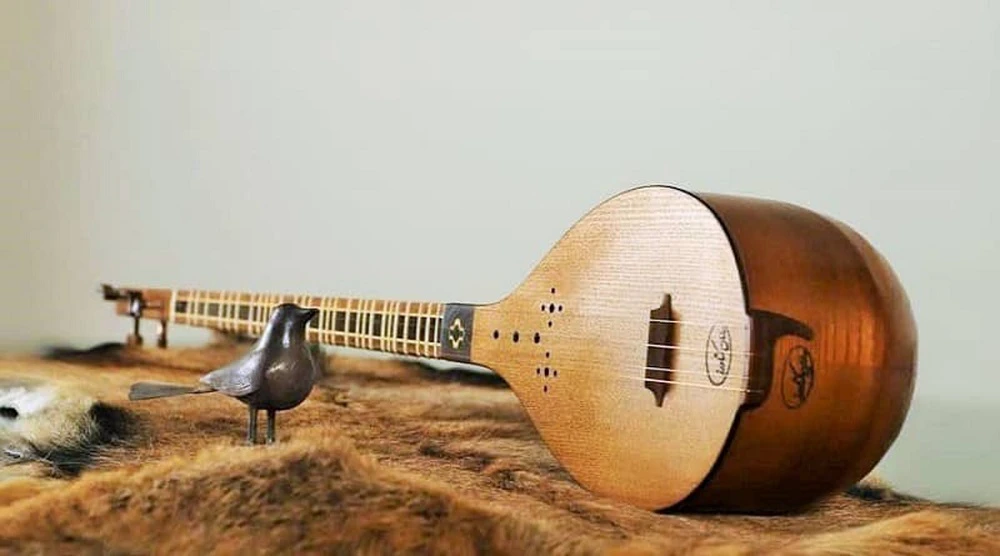
Persian setar
What is the difference between a tar and a sitar / 3 tar?
Although both instruments belong to the same family of plucked string instruments, they serve different musical purposes:
Feature Tar Setar
Number of Strings 6 4 (originally 3)
Size Larger and heavier Smaller and lighter
Sound Deep, powerful, and resonant Soft, intimate, and spiritual
Playing Style With a plectrum With fingernail
Common Use Classical and traditional music Mystical and spiritual music
What Is the Sehtar (Setar)?
You might also hear about a lesser-known instrument called the Sehtar, sometimes used interchangeably with Setar. However, in some regional traditions, especially in Central Asia and parts of Iran, Sehtar refers to an older variant with five strings. It has a sound and shape somewhat similar to the Tar but still distinct.
Key Features of the Sehtar:
- Number of Strings: 5
- Use: Traditional and historical Persian music
- Sound & Structure: Similar to Tar but with its own tuning and tonal qualities
While not as commonly used today, the Sehtar still holds cultural value and appears in historical music settings or museum collections.
Buying a Tar: Price and Where to Start
If you’re considering buying a Tar, it’s important to know that prices can vary widely based on craftsmanship, wood type, and the reputation of the maker.
- Entry-level Tars: Around 2 to 10 million Toman
- Professional handcrafted Tars: Can reach 30 million Toman or more
When shopping, look for reputable music stores that specialize in traditional Iranian instruments. Knowledgeable sellers can guide you based on your skill level, musical goals, and budget.
Final Thoughts
Each of these instruments — Tar, Setar, and Sehtar — brings its own character to the rich world of Iranian music. The Tar is powerful and expressive, ideal for classical pieces. The Setar offers a more intimate and spiritual sound, while the Sehtar holds historical significance and a unique tonal voice.
If you are a fan of Iranian music and are considering learning an instrument, keep in mind your own style and the kind of music you would like to play. From the harsh tone of the Tar to the expressionful sound of Setar, you are in for a deep musical experience.
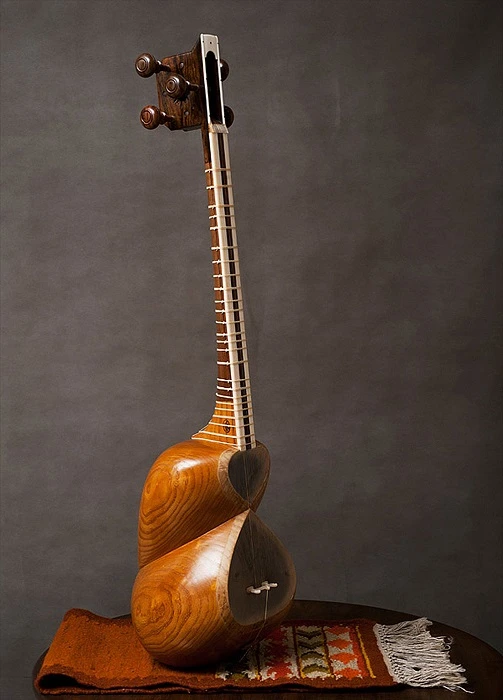
Persian tar
Persian Tar for Sale – Buy Handmade & Professional Models
The price for a Persian Tar can vary significantly dependent on a series of key considerations. One of the most important elements is the type of wood used — high-quality walnut or mulberry wood typically increases the instrument’s value due to their acoustic properties. Another major factor is the craftsmanship: handmade Tars crafted by well-known luthiers or master artisans are often significantly more expensive than mass-produced versions. Detailing, ornamentation, and finishing quality also play a role, as well as whether the Tar is designed for beginners, intermediate players, or professional musicians. On average, prices can range anywhere from 2 million to over 30 million toman, depending on the level of quality and the reputation of the maker.







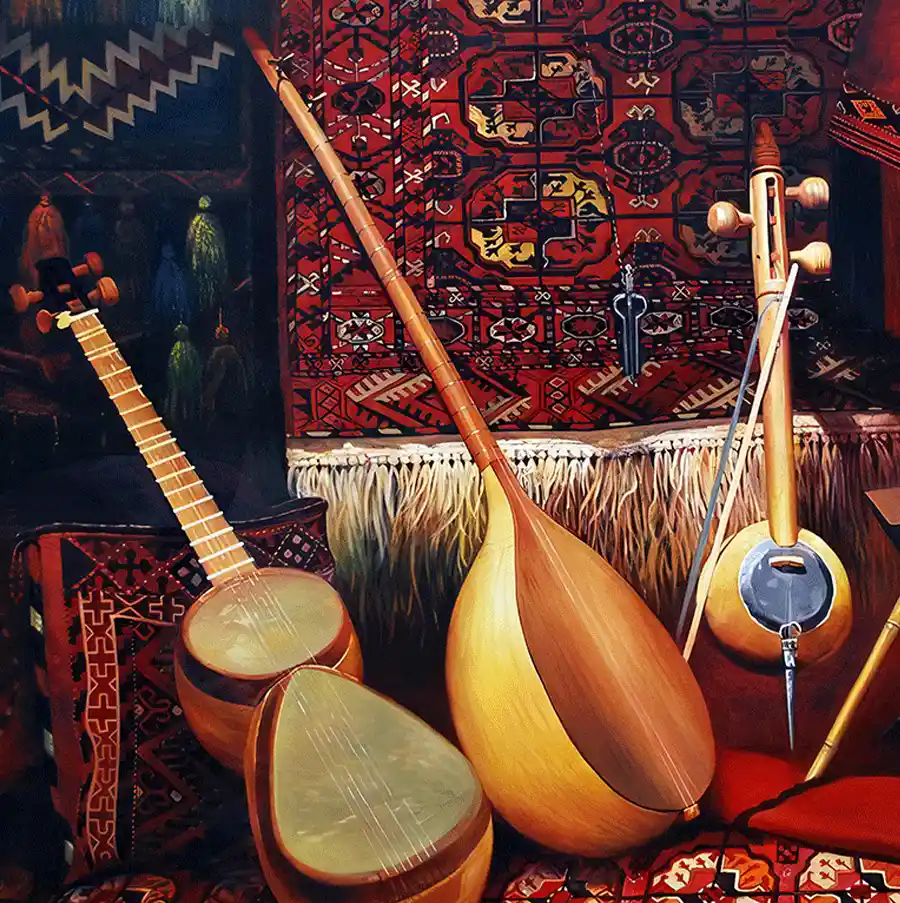
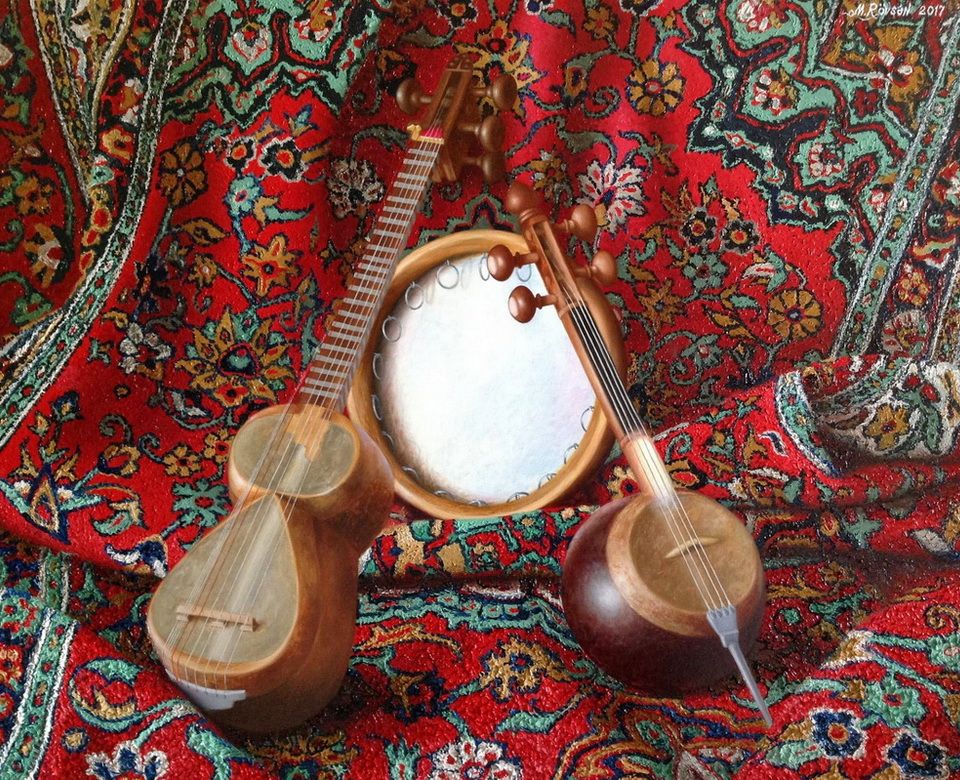
Comments